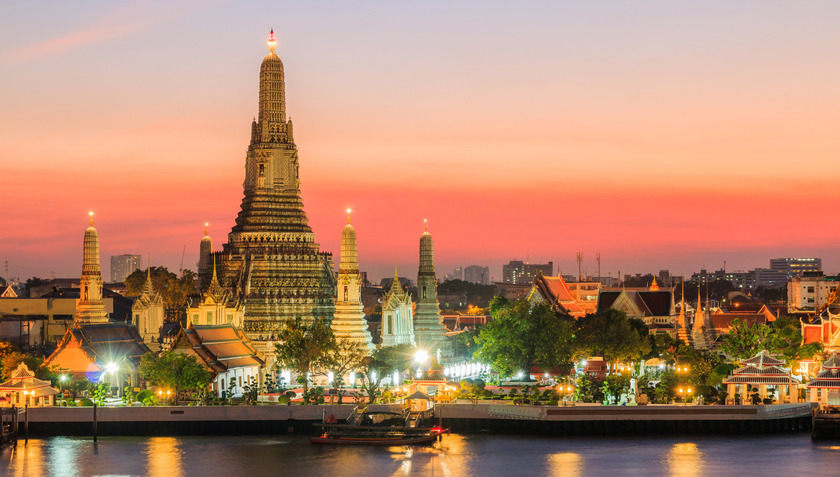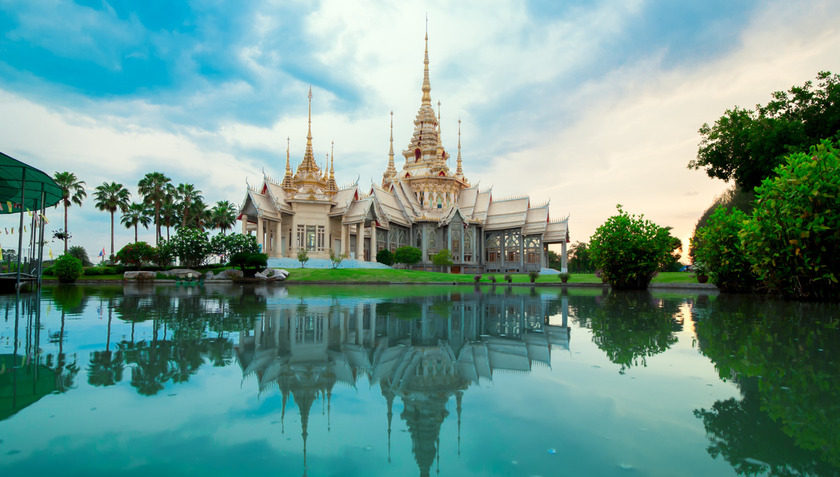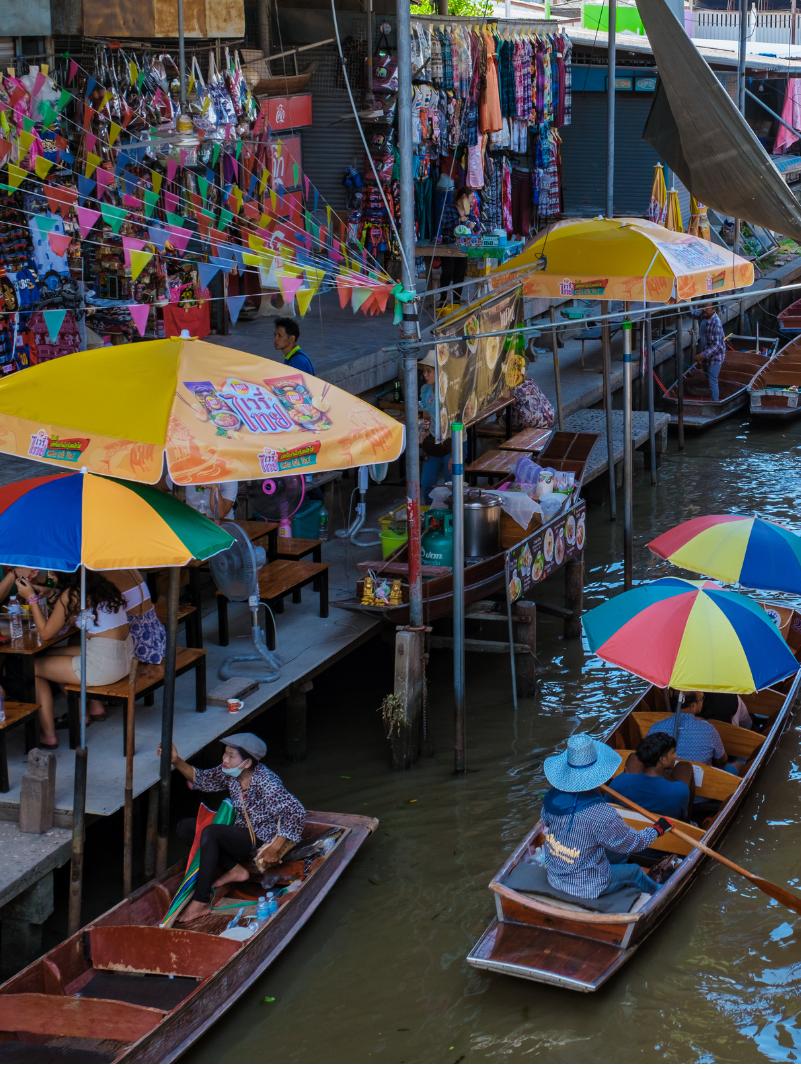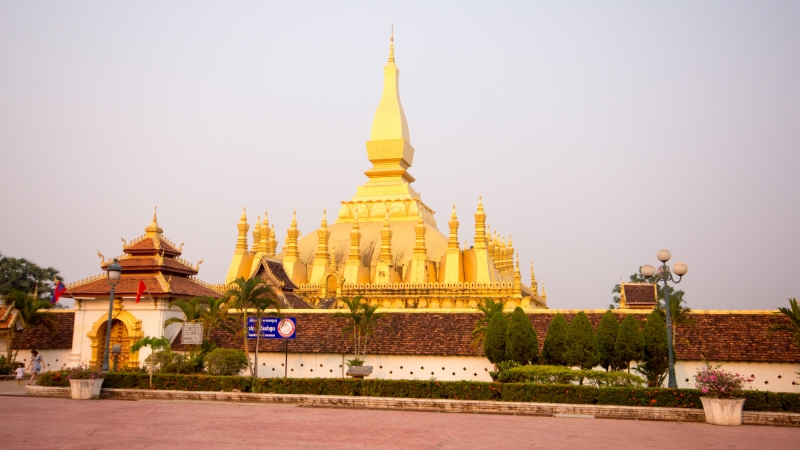Accordingly, the Tourism Authority of Thailand has proposed a budget of more than 6.2 billion baht (about 172 million USD) for the 2025 fiscal year, while allowing second-tier cities to generate 25% more revenue each year by attracting high-spending tourists to visit.
Along with that, the Tourism Authority of Thailand will provide new tourism products and attractions to attract existing and new customers in Europe, America, the Middle East and Africa, and increase flight capacity to support long-haul travelers.

By 2025, Thailand tourism aims to attract more than 40 million visitors.
In addition, Thailand will implement a number of measures to attract tourists from across Asia and the South Pacific region such as China, India, South Korea, Japan, Taiwan (China), Indonesia, Pakistan, Bangladesh and the Philippines. In addition, Thailand is also targeting tourists from neighboring countries such as Malaysia, Laos, Cambodia and Vietnam to stimulate tourism in the long term.
In the first 6 months of 2024, Thailand welcomed about 17.5 million international tourists, higher than the same period in 2023. Thailand is expected to welcome 39 million international tourists in 2024, reaching 92% of the pre-pandemic level. However, tourism revenue has not increased accordingly, tourism revenue in the first 6 months of 2024 only reached 825 billion baht, lower than the set target.
The reason is that tourists spend less than before. Luxury travelers now choose to tighten their spending. Price is always the top concern of tourists, tourists carefully consider the cost and affordability of their trips. This leads to many tourists often wait for discounts or promotions before planning their travel.

Contrary to expectations of economic growth through tourism, current visitors to Thailand spend only at low levels.
Tourists choose to stay in cheap hotels, motels or homestays instead of luxury hotels. They rarely participate in expensive recreational activities such as scuba diving, paragliding... Diners now also choose to eat at local eateries instead of luxury restaurants.
In this context, the Tourism Authority of Thailand (TAT) is aiming to create valuable experiences for tourists, as well as increase spending instead of just focusing on the number of arrivals, to increase tourism revenue. According to the Bangkok Post, to support, the Thai cabinet announced that it will close duty-free shops in the arrival areas of international airports to encourage tourists to spend more at domestic stores, with the move forecast to increase domestic retail spending by 3.5 billion baht (about 96 million USD) per year.
The Thai Ministry of Tourism and Sports also said it would step up its crackdown on “zero-dollar” tour businesses, especially those from Chinese companies operating in Thailand. This problem not only tarnishes the image of Thailand’s tourism industry, but also causes great damage to the business operations of travel companies in this country due to their inability to compete on price.
In addition, the Tourism Authority of Thailand recently announced a tourism promotion plan for the second half of this year, focusing on attracting customers from long-haul markets. The first group is the stable group of countries - also known as "stars" - including Russia, the UK, the US, Germany and France. Tourists from these countries are familiar with Thailand and tend to visit the Kingdom before the end of this year.
Thailand’s tourism authorities will take a number of measures to attract tourists from across Asia and the South Pacific, including China, India, South Korea, Japan, Taiwan (China), Indonesia, Pakistan, Bangladesh and the Philippines. They will also target visitors from neighboring countries such as Malaysia, Laos, Cambodia and Vietnam to boost tourism in the long term.




































